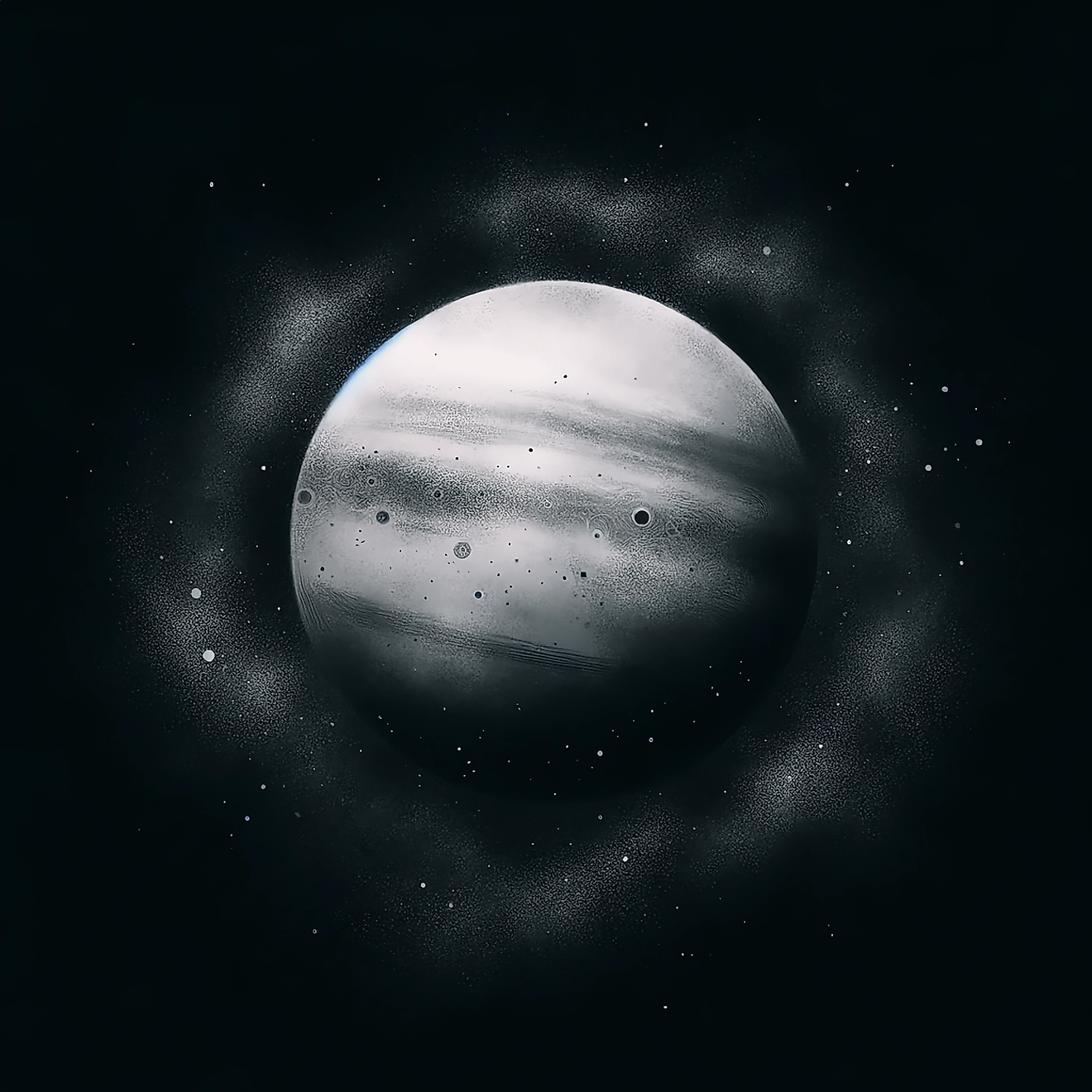
The 5 Largest Nebulae in The Universe
Nebulae are vast clouds of stellar material that are primarily composed of hydrogen, along with trace amounts of other elements and compounds. In terms of size, nebulae vary significantly. Some may only be the size of our solar system, while others can span millions of light years. What are the five largest nebulae ever discovered?
1. NGC 262 Halo Cloud

NGC 262 is one of the largest known spiral galaxies in the universe, and it is surrounded by the largest known nebulae as well. The galaxy itself is located 287-million light years away in the constellation Andromeda. The nebula that surrounds it is over 50-billion times the mass of the sun and spans a distance of over one-million light years. The nebula is believed to be the remains of other small galaxies that merged with NGC 262, with some of their material falling around the large galaxy as a vast halo of stellar material.
2. The Leo Ring

The Leo Ring is a vast ring of galactic material that orbits two galaxies at the center of the Leo Group of galaxies around 38-million light years away. The Leo Ring spans a distance of 650,000 light years, and it is believed to have formed during a galactic collision that occurred between the two galaxies it orbits.
3. The Magallenic Stream

The Magallenic Stream is a vast stream of stellar material that connects the two satellite galaxies of the Milky Way, the Small and Large Magallenic Clouds. The stream itself spans a distance of around 600,000 light years, and exists just outside the Milky Way. Exactly how this structure formed remains somewhat of a mystery, yet it likely formed as a result of gravitational interactions between the Milky Way and the two dwarf galaxies, as well as drag caused by gas and dust within the Milky Way.
4. LAB-1

LAB-1 is a vast structure of gas and dust located in the constellation Aquarius at a distance of 11-billion light years. The structure is 300,000 light years across and was actually discovered accidentally. While studying galaxies in the early universe, astronomers stumbled upon this gigantic structure of intergalactic material. From afar, the nebula appears green due to the amount of redshift caused by the structure's velocity, which combines with the ultraviolet light of the structure to make it appear green.
5. Himiko Gas Cloud
The Himiko Gas Cloud is one of the furthest known nebulae in the universe at a distance of over 12-billion light years. The nebula itself spans a distance of 55,000 light years. Interestingly, the Himiko Gas Cloud is believed to be a protogalaxy, meaning it is a structure that is becoming a galaxy.











